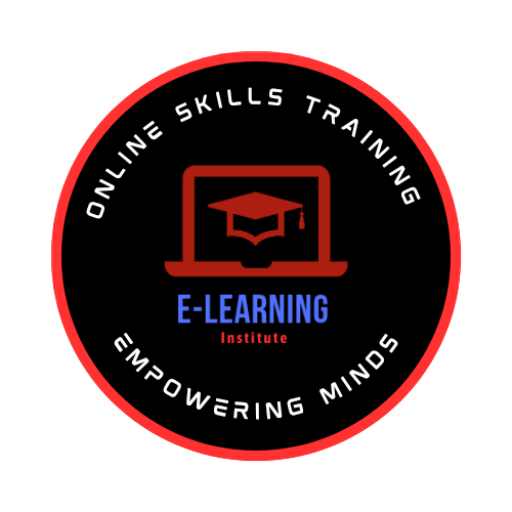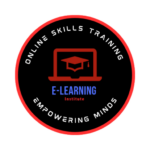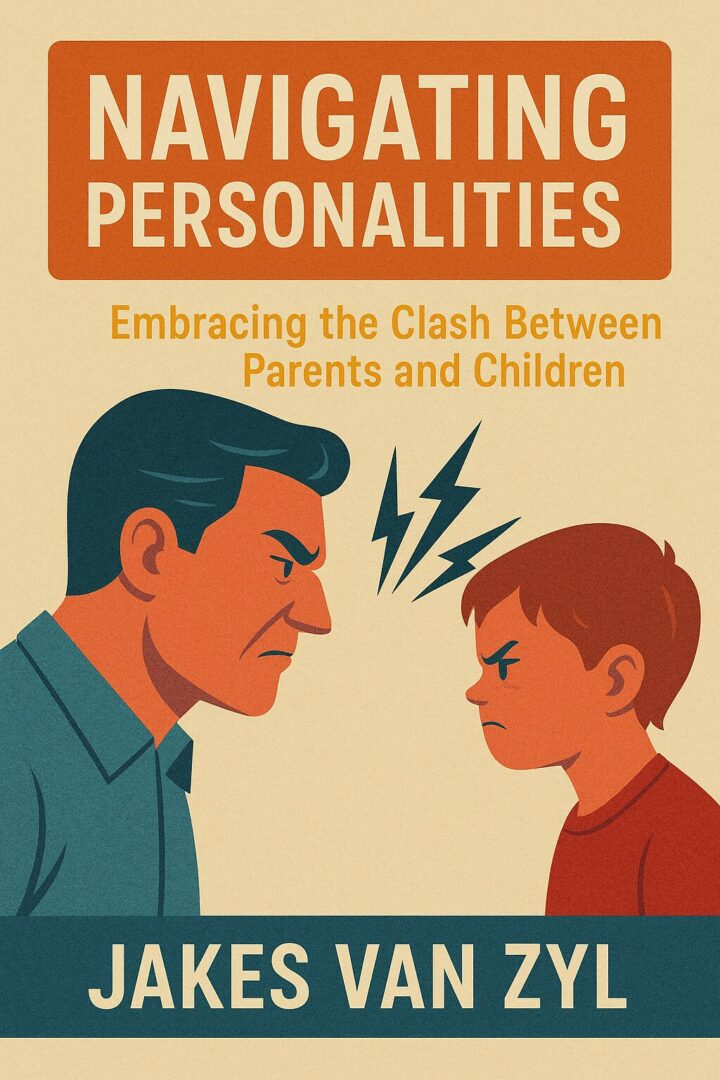Description
Objective of the Book:
To provide parents and children with tools to understand and
embrace their differing personalities, fostering compassion and
effective communication to resolve generational conflicts.
2. Book Structure:
The book is structured into thematic sections that explore
personality dynamics, practical strategies for communication, and
real-life case studies, culminating in actionable advice for families.
– The Personality Spectrum
– The Roots of Conflict
– Empathy: The Bridge to Understanding
– Communication: The Key to Connection
– Conflict Resolution: Turning Tension into Growth
– Real-Life Stories: Lessons from the Trenches
– Building Resilience Together
– Celebrating Individuality
– Creating a Harmonious Home Environment
– The Journey Ahead: Lifelong Learning
3. Main Characters:
Parent: A well-meaning but often misunderstood figure who
struggles to connect with their child due to differing personality
traits.
Child: A vibrant and expressive individual navigating their own
identity while trying to understand their parent’s perspective.
Family Therapist: A guiding voice throughout the book, offering
insights and strategies for improving family dynamics.
4. Central Themes:
Empathy: The importance of understanding and sharing the
feelings of others to bridge generational gaps.
Communication: Effective dialogue as a tool for resolving conflicts
and enhancing relationships.
Individuality: Celebrating the unique traits of each family member
as a source of strength and growth.
Conflict Resolution: Transforming disagreements into
opportunities for learning and connection.
5. Writing Style:
The writing style should be warm, engaging, and conversational,
making complex concepts accessible while encouraging readers
to reflect on their own family dynamics.
6. Reader Engagement Strategy:
To keep readers engaged from the first page to the last, the book
will employ a blend of relatable anecdotes, interactive exercises,
and thought-provoking questions that invite parents and children
to reflect on their own experiences. Each chapter will end with a
‘Family Challenge’ that encourages readers to apply the concepts
discussed, fostering a sense of participation and investment in the
material. By weaving in real-life stories and practical strategies, the
book will create a dynamic reading experience that feels both
personal and actionable.
7. Final Considerations:
This book is not just a guide; it’s a heartfelt invitation for families to
embark on a journey of understanding and growth together. With
its structured approach and relatable content, it promises to
resonate with a wide audience, making it a valuable resource for
anyone looking to improve their family dynamics. The
combination of empathy, communication, and individuality as
central themes ensures that readers will find both comfort and
inspiration within its pages.
8. Chapter structure and a brief summary of the content of
each chapter:
The Personality Spectrum: This chapter introduces the concept of
personality types, exploring how each family member’s unique
traits influence their interactions and relationships.
The Roots of Conflict: Here, we delve into the typical triggers of
conflict, examining how misunderstandings and differing values
can lead to friction in family dynamics.
Empathy: The Bridge to Understanding: This chapter emphasizes
the importance of empathy in bridging generational gaps,
providing exercises to help family members see each other’s
perspectives.
Communication: The Key to Connection: Readers will learn
practical communication techniques that promote open dialogue,
helping to express feelings and needs without escalating conflicts.
Conflict Resolution: Turning Tension into Growth: This chapter
offers strategies for resolving disputes constructively, focusing on
how to turn disagreements into teachable moments.
Real-Life Stories: Lessons from the Trenches: Through real-life
examples, this chapter illustrates how various families have
successfully managed their differences, providing relatable
insights and inspiration.
Building Resilience Together: This chapter discusses how families
can strengthen their bonds through shared experiences and
challenges, promoting a culture of support and understanding.
Celebrating Individuality: Readers will explore ways to celebrate
and honor individuality within the family, reinforcing the idea that
differences can enrich relationships.
Creating a Harmonious Home Environment: This chapter provides
actionable advice on creating a home environment that
encourages respect, love, and understanding among family
members.
The Journey Ahead: Lifelong Learning: The final chapter
emphasizes that navigating personalities is a lifelong journey,
encouraging families to continue learning and adapting together.



Reviews
There are no reviews yet.